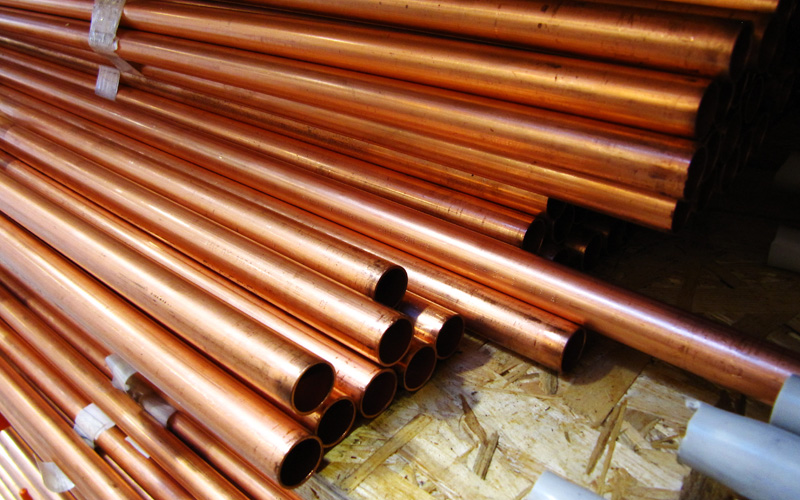- Demand for copper is rising faster than it can be recovered from secondary sources and, as a result, reliance on primary copper is increasing. Estimates suggest that copper reserves could be depleted in just 25 to 60 years.
Since the mining of copper is extremely energy intensive, the study has estimated copper demand, supply and its associated energy use up until 2050. Estimates were given for four different scenarios for the future:
– Market first (MF): A market-driven world in which demographic, economic, environmental and technological trends unfold in line with current trends. This is the „business as usual“ scenario.
– Policy first (PF): Strong actions are taken by governments to reach specific social and environmental goals (especially regarding renewable energy).
– Security first (SF): A world of inequality and conflict due to socio-economic and environmental pressures.
– Equitability first (EF): A future of more equitable values and institutions.
Overall, the results suggest that increases in copper demand over the next four decades will be dramatic, with all scenarios requiring substantial increases in copper mining and processing.
Total demand for copper in 2050 was estimated to increase by between 231 and 341 per cent, compared with 2010. Demand was highest in the EF scenario, in which achieving global equity requires significant increases in metal production to meet the needs of the world’s population. Per capita GDP is the highest in this scenario, which is a good predictor of copper demand. Demand was lowest in the SF scenario, where regional isolation and lack of income growth prevents an increase in metal use. Demand estimates of the MF and PF scenarios were both 275 per cent, as growth in per capita GDP is the same in the two scenarios.
Demand for copper in all scenarios is expected to exceed copper reserves and the reserve base before 2050. Production is expected to exceed current reserves earliest in EF (2036), followed by the MF and PF scenarios (2038) and then the SF scenario (2040).
The researchers recommend that governments encourage mineral research and exploration and provide incentives to increase rates of copper recycling. They also suggest the copper cycle could be made more efficient by reducing losses at all stages, from mining to product manufacture, and recommend reducing the amount of copper used in non-recyclable applications and re-designing existing technologies that include copper.









